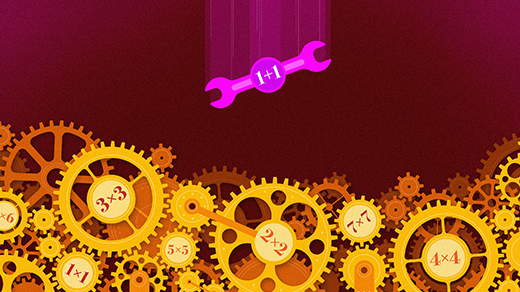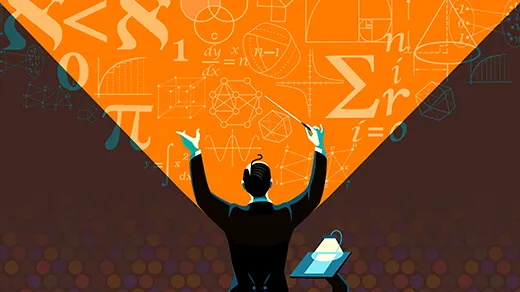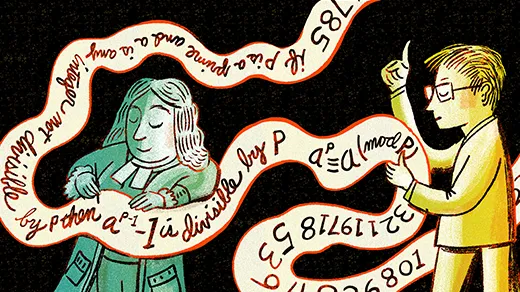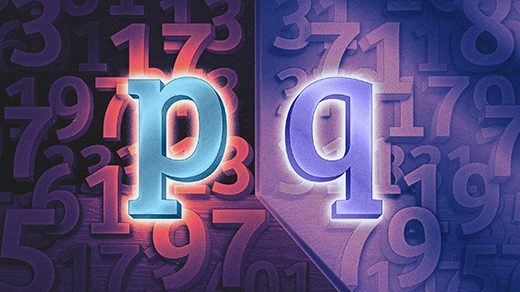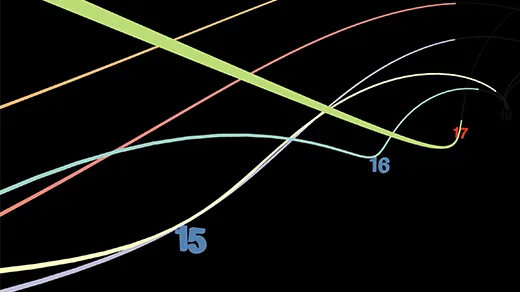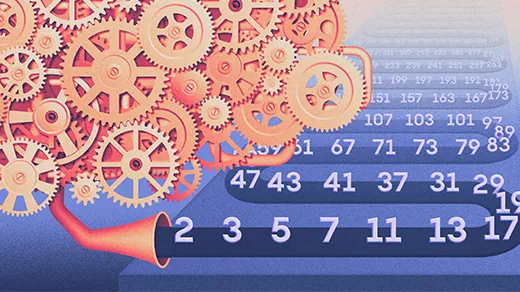What's up in
Prime numbers
Latest Articles
Mathematicians Uncover a New Way to Count Prime Numbers
To make progress on one of number theory’s most elementary questions, two mathematicians turned to an unlikely source.
Big Advance on Simple-Sounding Math Problem Was a Century in the Making
A new proof about prime numbers illuminates the subtle relationship between addition and multiplication — and raises hopes for progress on the famous abc conjecture.
‘Sensational’ Proof Delivers New Insights Into Prime Numbers
The proof creates stricter limits on potential exceptions to the famous Riemann hypothesis.
What Makes for ‘Good’ Mathematics?
Terence Tao, who has been called the “Mozart of Mathematics,” wrote an essay in 2007 about the common ingredients in “good” mathematical research. In this episode, the Fields Medalist joins Steven Strogatz to revisit the topic.
Pierre de Fermat’s Link to a High School Student’s Prime Math Proof
How Fermat’s less famous "little theorem" got mathematicians young and old to play with prime-like Carmichael numbers.
The Hidden Connection That Changed Number Theory
Quadratic reciprocity lurks around many corners in mathematics. By proving it, number theorists reimagined their whole field.
A New Generation of Mathematicians Pushes Prime Number Barriers
New work attacks a long-standing barrier to understanding how prime numbers are distributed.
How to Build a Big Prime Number
A new algorithm brings together the advantages of randomness and deterministic processes to reliably construct large prime numbers.
Why Mathematicians Re-Prove What They Already Know
It’s been known for thousands of years that the primes go on forever, but new proofs give fresh insights into how theorems depend on one another.

